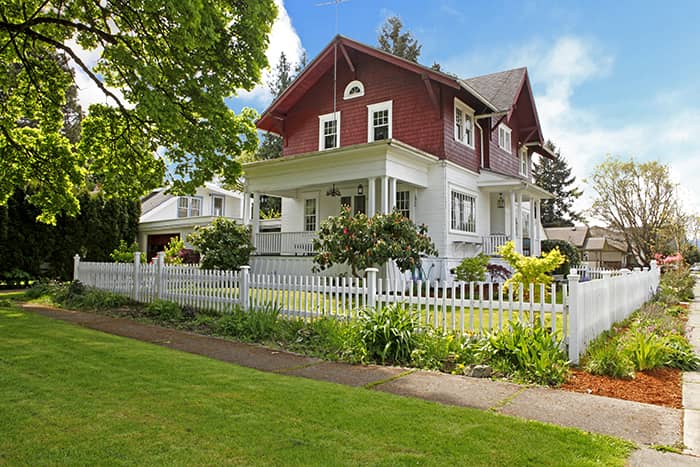Buying An Old House Checklist

Older homes are more affordable and have “character,” but they can come with more problems, too. Here’s how to care for your aging home. You may have heard that America’s population is aging, and so is the country’s housing stock. According to news reports, a real estate data provider, more than 70 percent of U.S. single-family homes were built before 1990.
In a market where inventory is tight, older homes are popping up everywhere with for-sale signs. They are desirable for one big reason: They come with lower price tags.
This year, more than 60 percent of the homes sold in the U.S. were built before 1990
“The high percentage of homes that are at least 20 years old and likely in need of some major repairs is eye-opening,” says Jake Adger, chief economist at RealtyTrac says in a release. “However, given the low inventory of homes available for sale in today’s market, this challenge of aging U.S. housing supply can also be an opportunity for buyers looking for a bargain and homeowners looking to update their living space and improve the value of their homes.”
This year, homes built before 1990 sold at an average price of $233,221, according to news reports, compared to homes built after 1990, which sold at an average price of $256,292.
The lower price point on older homes is not surprising given many are in need of some rehabilitation and are more likely to have maintenance issues, Adger says.
“This also presents an opportunity for buyers willing to take on that older inventory,” he says. “Those buyers can purchase at lower price points and face less competition from institutional investors.”
But, older doesn’t always necessarily mean cheaper, says Walter Molony, spokesman for the National Association of Realtors.
“Well-maintained historic homes over time can command higher values,” Molony says.
Here are a few things to keep in mind while shopping for an older home:
- Make informed decisions: Many fixer-uppers require a lot of work. A house built in the 1970s may not cater to the needs of a 2013 owner. “Don’t just think about purchase cost, but also additional costs you would have to incur to change the home to fit your lifestyle and desires,”.
- Hire a professional inspector: “All buyers, regardless of [if they’re buying] a new or old home, should have their contract conditioned on a satisfactory home inspection report,” Molony says. In the U.S., most states have a mandatory property disclosure law that requires sellers to disclose the material condition of a home in writing. But there are flaws that owners may not necessarily notice, such as water damage in the attic or termite activity, Molony says. So, hire a professional inspector
- Do your due diligence: Ensure the inspector your hire doesn’t work for a home remodeling company or have any conflicts of interest. Be present at the inspection so you can ask any questions and read the report carefully. “When buying a fixer-upper, go in with your eyes wide open,” Molony says. If you can, hire professionals for any renovation rather than doing it yourself and causing structural damage by accident.
- Choose an experienced agent: A professional real estate agent is better equipped to be your advocate in the process, Blomquist says. Someone who is local will have a better understanding of the housing stock and common problems in the area.
- Get assistance: Explore the possibilities of a 203k program offered by the Federal Housing Administration. The program allows individual buyers to roll in the cost of rehabilitating a home with the purchase price for one home loan. This makes it easier to stomach the high costs of renovation. “You can add up to $35,000 into your loan,” Blomquist says. “It’s one of the most exciting things for owner-occupant older properties.”
